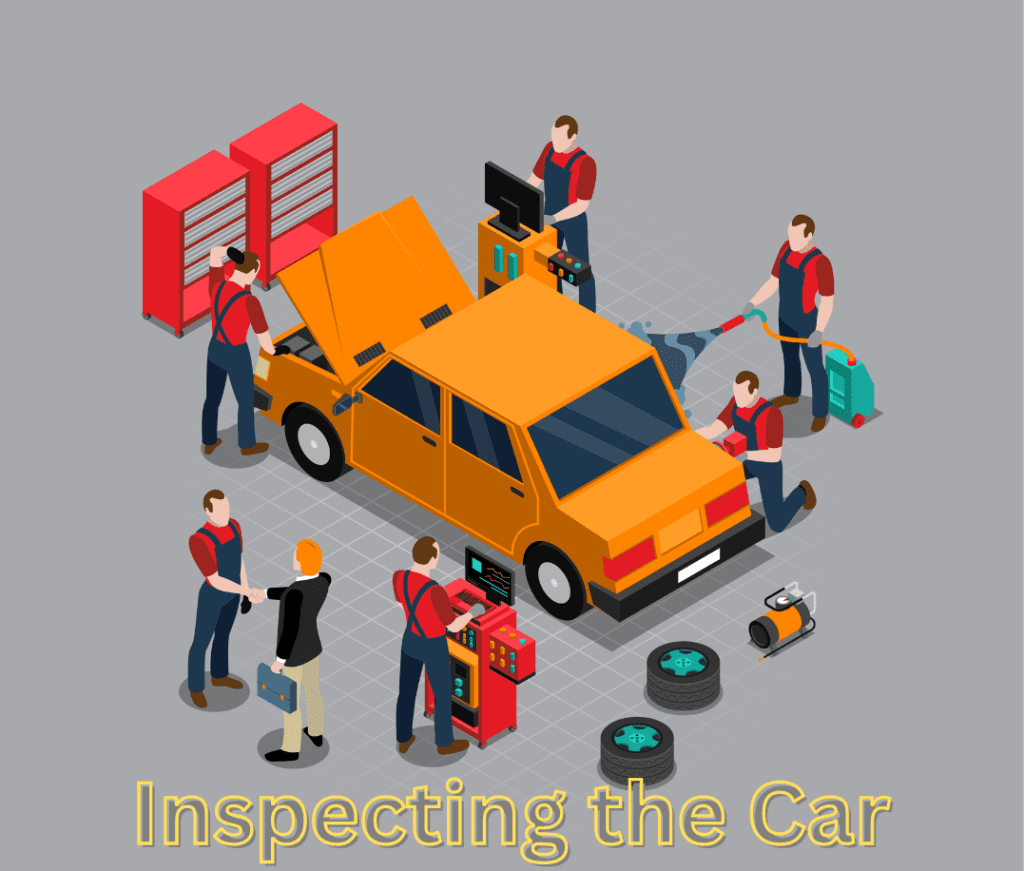
Introduction
The options available when buying a used car can be confusing. Making the appropriate choice is essential to ensuring that you acquire a dependable car that meets your demands given the abundance of options available. This thorough guide will take you step-by-step through the process of choosing the ideal secondhand car. This book will provide you with the information and confidence you need to make an informed choice, whether you’re a novice automobile buyer or a seasoned enthusiast.
Understanding Your Needs
Understanding your unique requirements and preferences is crucial before stepping foot in the used automobile market. Your options will be reduced as a result of this first stage, which will also facilitate selection.
1. Decide on Your Budget
The first step in your used automobile search is to establish a budget. Include continuing costs like insurance, maintenance, and fuel costs in addition to the purchase price.
2. Define Your Requirements
Think about what you need from your vehicle. Do you require a spacious family car, a fuel-efficient commuter, or a rugged off-roader? List down your must-have features.
3 Think about the resale value
Even if it might seem premature, considering the resale value of the car you plan to buy can be a wise choice. Some automobiles retain their worth better than others.
Researching the Market
Now that you have a clear picture of what you’re looking for, it’s time to explore the used car market and gather information.
1. Research Online
The internet is a treasure trove of information. Utilize websites like Godrivo.com, Cars.com, and Edmunds to browse used car listings, read reviews, and compare prices.
2. Check Reliability Ratings
Consult sources like Consumer Reports and JD Power to find out which models have a reputation for reliability. This is crucial in avoiding potential maintenance nightmares.
3. Look at the Vehicle History
Obtaining a vehicle history report through a services center and authorized workshops can reveal vital information about a car’s past, including accidents, title status, and maintenance records.
Inspecting the Car
When you’ve identified a potential candidate, it’s time to inspect the car thoroughly.

1. Check Engine
The engine is a major part of the car Check Engine and other parts’ oil level and colour. Check the coolant and radiator for leaks or corrosion
2. Examine the Exterior
Look for signs of rust, dents, or paint imperfections. Uneven gaps between panels can indicate previous accidents.
3. Check the Tires
Check the tread depth and wear patterns on the tires, as well as their overall condition. Uneven wear could be an indicator of alignment problems.
4. Test Drive
Always test drive the vehicle. Pay close attention to the vehicle’s handling, braking, and any odd noises. The condition of a car can be learned a lot during a test drive.
5. Inspect the Interior
Check the condition of the seats, dashboard, and interior components. Signs of excessive wear and tear may indicate neglect.
Vehicle History and VIN Check
1. Obtain the VIN
The Vehicle Identification Number (VIN) is a unique code for every vehicle. Use it to run a comprehensive background check on the car’s history.
2. Review Maintenance Records
Request maintenance records from the seller. A solid service history is a good indication.
Considering the Price
A critical stage in the purchasing process is determining whether the asking price is reasonable.
1. Check Market Value
Use online tools to check the market value of the car based on its make, model, year, and condition. This will help you negotiate a fair price.
2. Consider Depreciation
Keep in mind that cars depreciate over time. Factor in depreciation when evaluating the price.
Negotiating the Deal
1. Be Prepared to Haggle
Don’t be afraid to negotiate. Sellers often expect it, and you may be able to secure a better deal.
2. Get an inspection before buying
Before making the purchase, think about having the car inspected by a professional mechanic. They are able to find issues that are concealed.
Finalizing the Purchase
Once you’re satisfied with the car and the deal, it’s time to complete the transaction.
1. Review the Paperwork
Carefully review all the paperwork, including the title, bill of sale, and warranty information.
A. Title and Registration
Ensure all necessary paperwork is in order, including the title transfer and registration. Verify that the seller has a clear title to sell the car.
B. Warranty
If available, consider purchasing an extended warranty for added peace of mind.
C. Insurance
Car insurance is a very important document you must check whether insurance is valid or not and comprehensive or third party.
D. Bank NOC
If the car is financed (Hypothicated) or leased from any Bank or NBFC / Private institution you ask for NOC (No Objection Certificate) from the seller.
2. Arrange Payment
Decide on a secure payment method, such as a cashier’s check or bank transfer.
3. Transfer Ownership
Follow your local DMV or equivalent agency’s process for transferring ownership and registering the vehicle in your name.

FAQs
1. Is buying a used car a good idea?
Absolutely, if done right. Used cars can offer great value and reliability, but thorough research is key.
2. What should I prioritize when choosing a used car?
Prioritize your budget, needs, and the vehicle’s condition. Don’t forget to consider resale value.
3. Can I negotiate the price of a used car?
Absolutely. Negotiation is a common practice when buying a used car. Be prepared to haggle and, if needed, walk away if the deal doesn’t meet your criteria.
4. Can I finance a used car purchase?
A: Yes, many banks and credit unions offer auto loans for used cars. Shop around for the best interest rates.
5. Should I buy an extended warranty for a used car?
A: It depends on the car’s age, mileage, and your risk tolerance. Extended warranties can provide peace of mind but may not be cost-effective for all vehicles.
6. Which is preferable, buying from a dealer or a private seller?
A: Both options have pros and cons. Dealerships often offer certified pre-owned cars with warranties, while private sellers may offer lower prices. Consider your priorities.
7. Are there any red flags to watch out for when buying a used car?
A: Yes, be cautious of sellers who refuse a pre-purchase inspection, lack maintenance records, or provide inconsistent information about the car’s history.
8. Can I trade in my current vehicle when buying a used car?
A: Yes, many dealerships accept trade-ins. Research the trade-in value of your current vehicle to ensure you receive a fair offer.
Conclusion
Choosing the perfect used car requires careful research, inspection, and negotiation. By following the steps outlined in this guide, you can make an informed decision that aligns with your needs and budget. Remember, a well-chosen used car can provide years of reliable transportation and save you money in the long run. Things to Check Before Buying a Used Car https://www.godrivo.com/used-car-checklist/
